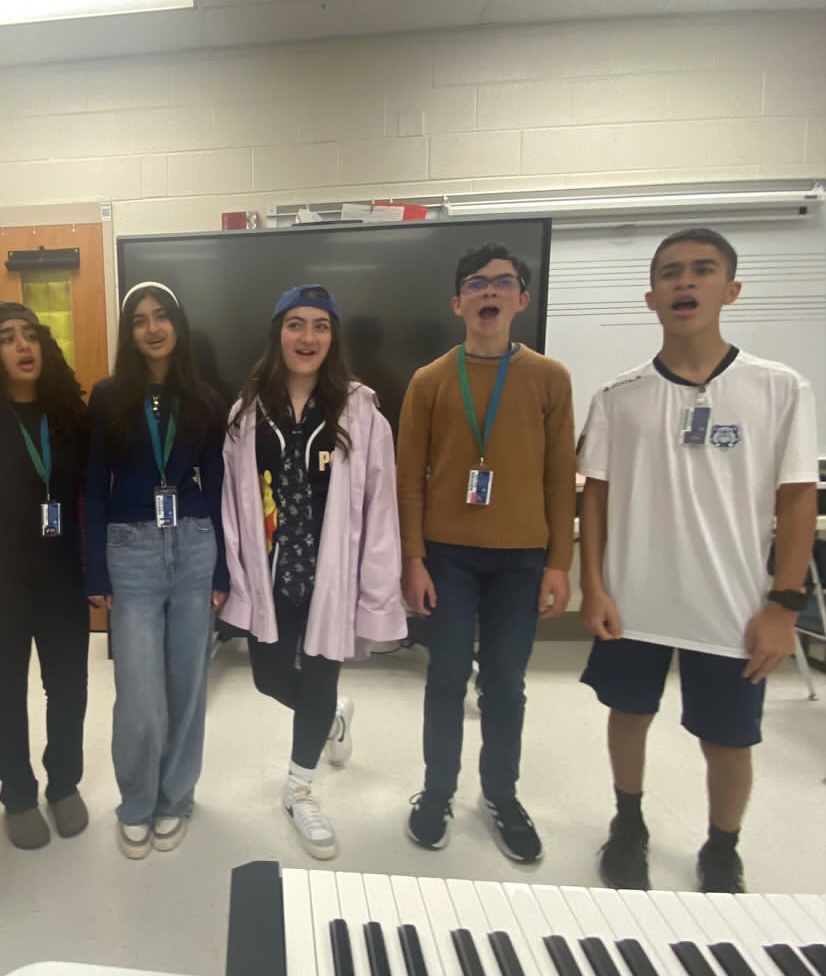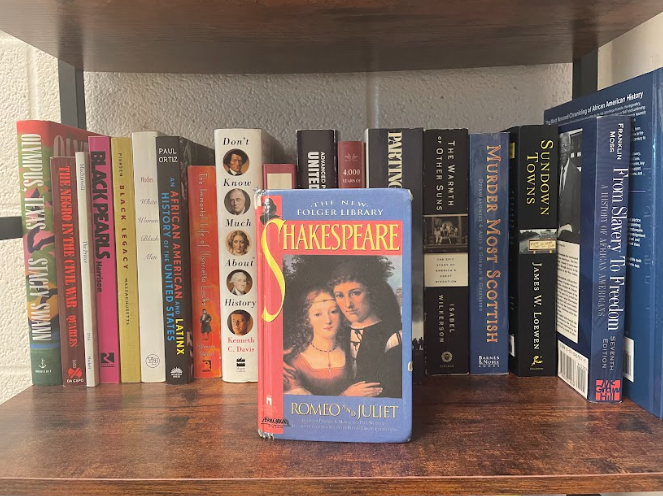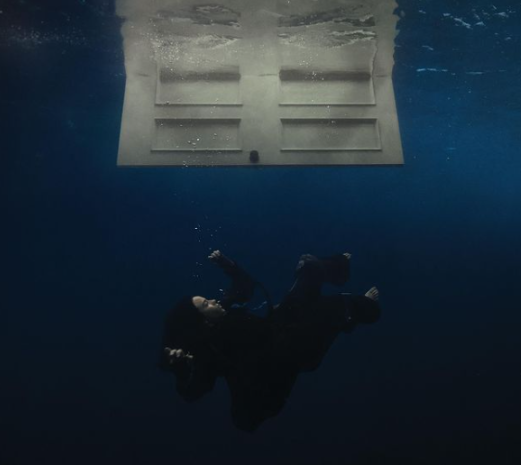Starting in 2012, incandescent light bulbs will be banned across the country to increase both energy efficiency and the use of renewable energy as mandated by the 2007 Energy Independence and Security Act., signed byformer President George W. Bush
Incandescent bulbs are pear-shaped and emit a warm, natural-looking light, but most of the power they use is released as heat instead of visible light. Fluorescent lights give the same amount of visible light but use less power and last longer. At Home Depot, an 100-watt incandescent bulb costs $1.46 and lasts about 1,200 hours, while the fluorescent equivalent, a 23-watt bulb, costs $1.99 and lasts 10,000 hours.
In most CHS classrooms, fluorescent lights are the primary light source. However, students and staff have mixed feelings about them.
“When I come inside from just being outside, the fluorescent lights hurt my eyes,” junior Kristina Roberts said. “It’s really painful.”
In response to the phase-out, people have raised concerns about the mercury level in the fluorescent light bulbs meant to replace them.
According to the Environmental Protection Agency’s website, mercury is what allows fluorescent lights to be energy-efficient. One fluorescent bulb contains about four milligrams of mercury, while old thermometers contain about 500 milligrams. Manufacturers are still trying to reduce the amount of mercury in fluorescent bulbs.
According EnergyStar.gov, an EPA website, as the phase-out grows closer, people have begun to increase their use of fluorescent lighting or light-emitting diodes (LED lights), which are another energy-efficient light source. At CHS, the decision is not up to the school administration.
“MCPS decides what lights we are going to use,” building service manager Angel Delgado said. “We [already] mostly use fluorescents.”







